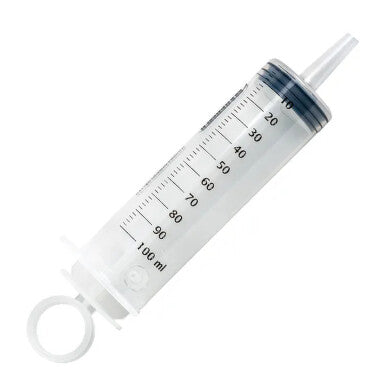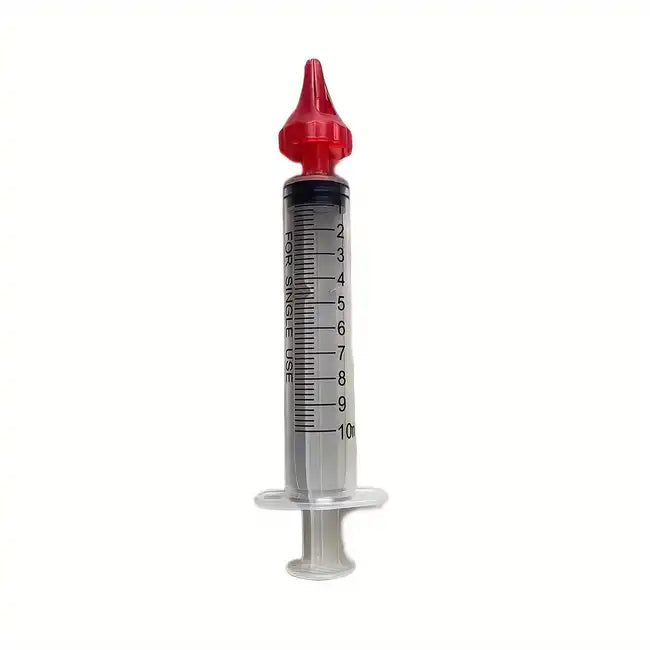Markpol General Dealers
Online Store & Catalogue
Ear syringes are specialized medical devices used for cleaning the ear canal, typically to remove earwax (cerumen) or debris. Here are the key features and uses of ear syringes:
Features
-
Design:
- Shape: Ear syringes often have a bulbous shape with a narrow nozzle to facilitate targeted irrigation of the ear canal.
- Size: They come in various sizes, with some designed specifically for adults and others for children.
-
Material: Typically made from flexible plastic or rubber, allowing for gentle squeezing and control over the flow of fluid.
-
Capacity: Usually holds a moderate amount of liquid, allowing for sufficient irrigation without requiring frequent refills.
Common Uses
- Ear Wax Removal: The primary use of an ear syringe is to irrigate the ear canal to flush out excess wax or debris, promoting better hearing and ear health.
- Cleaning: Can be used to clean the ear canal in preparation for examinations or surgical procedures.
- Hydration: Occasionally used in medical settings to deliver saline or other solutions for specific ear conditions.
Advantages
- Controlled Flow: The design allows for controlled delivery of water or saline, reducing the risk of injury to the ear canal.
- Non-Invasive: Provides a non-invasive method for cleaning and removing blockages from the ear.
- Ease of Use: Simple design makes it easy for healthcare professionals to use, and they can be used in outpatient settings.
Precautions
- Technique: Proper technique is essential to avoid damage to the ear drum or canal.
- Consultation: Patients with certain ear conditions (e.g., perforated eardrum) should consult a healthcare provider before using an ear syringe.
Ear syringes are valuable tools in both clinical and home settings for maintaining ear health and hygiene.
Additional information
| Weight | 0.5 kg |
|---|



Reviews
There are no reviews yet.